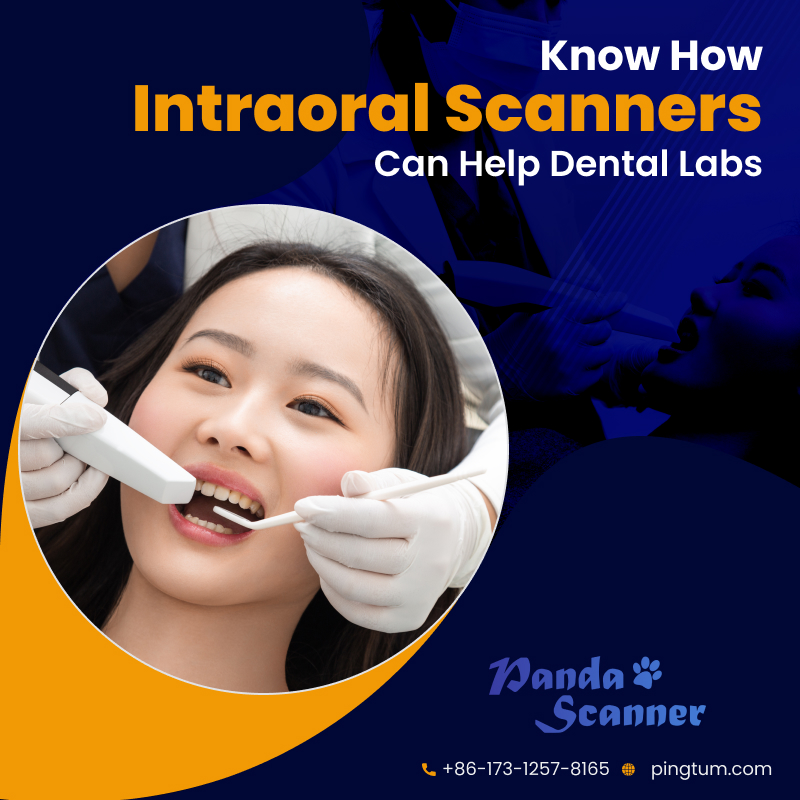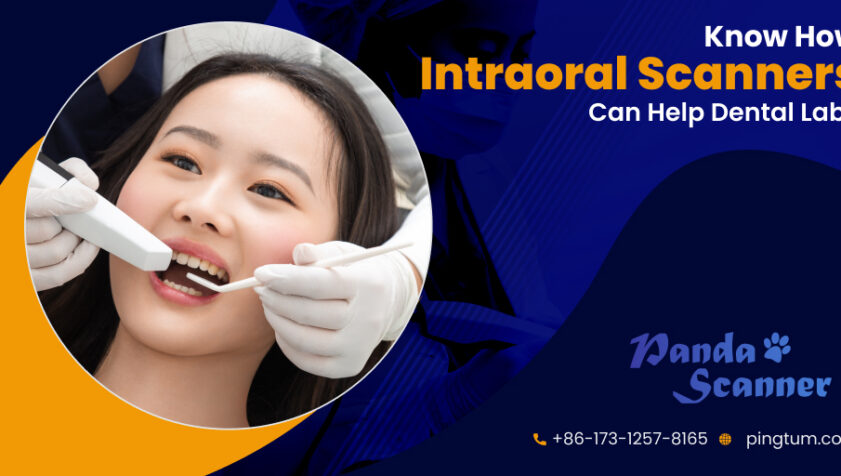The advancements in the dental world have brought about remarkable changes. With the help of digital dentistry today, dental practitioners can offer dental treatments that are more accurate, faster, and pain-free. Digital devices like the China intraoral scanners provide support for creating bridges, crowns, implants and etc. Unlike traditional dentistry, where limitations were many in terms of applications, time consumption, and inconvenience, with digital dentistry we have overcome all these challenges.
Now, when it comes to dental impressions, the contribution of intraoral scanners has been immense. In fact, it is unimaginable for one to fathom how it has helped. Previously, dentists had to struggle with taking perfect dental impressions, but with intraoral scanners, you can obtain them today in one shot. Further, in no time, you can capture the 360 degrees of the patient’s mouth and thereafter create a virtual 3D model with it. To help you understand where and how intraoral scanners can help dental laboratories, we have discussed all the points in this blog, just go through to know.

Areas Where Intraoral Scanners Can Help Dental Laboratories
Without question, intraoral scanners have totally changed how dentistsperform diagnoses, plan and perform treatments, create solutions, communicate, etc.Similarly, they have offered much-needed support to dental laboratories. If you want to know how then take a look here.
#1. Helps with a predictable and efficient workflow
When dental implants were performed using traditional dentistry, there was a high chance that it will go wrong. The reason behind this is that traditional dentistry involves physical handling of the process, and hence human error can get in the way. All these issuesnow one can easily overcome with the help of digital dentistry, and the scans produced now are more accurate and of higher quality. The following are the four ways that digital scans have enhanced dental laboratories’ work:
- With a few steps, proper decisions about the treatment process can be made
- Improves the workflow
- Eliminates the waiting period that is required in traditional processes forobtaining the impressions
- With digital scans dental restorations were created easily, and in an advanced manner
#2. Help with treatment planning
Intraoral scanners enable the dentist to communicate with the labs easily, and quickly, and it also aids in accurate data transfer between the laboratory and the clinic. The technician can correctly create restorative structures with the help of digital imprints. Therefore, it can be argued that digital dentistry offers great scope in eliminating the mistakes and risks involved in producing dental restorative solutions such as implants, bridges, braces, aligners, and others.
#3. Eliminates the cross-contamination chances
In conventional dentistry, the moulds that are used to create the imprints are sent to the laboratory where they have the chance of getting contaminated. Since no moulds are needed to create the imprints in digital dentistry, the patients are protected from infections, and even the laboratory personnel also stay protected.
#4. Aids in excellent cosmetic dentistry
With a variety of procedures, cosmetic or restorative dentistry may improve the appearance of the teeth. The China intraoral scanners allow dentists to be in a position to assess the patient’s oral cavity perfectly, exchange data and connect with the lab as they work on the restorations. The laboratory technicians can create the restorative solution, after gathering information on the occlusion, bite, and contact points in the oral cavity. They are easily able to compare the designs and match both the upper and lower arches before considering printing. As a result, dentists can now assist patients in achieving picture-perfect smiles with the use of digital dentistry, something that was previously not feasible.
Take away
From this blog, we can clearly see that digital dentistry has benefited dentistry in a variety of ways. Digital scanners like the China intraoral scanners have transformed how dental labs operate, how patients are cared for, and how dentists provide dental treatments. Traditional dentistry’s risks and time-consuming procedures have been abolished, and it has made data interchange and communication more efficient. As a result, dental clinics, and labscan rely on intraoral scanners for offering better dental solutions and draw in more patients.






